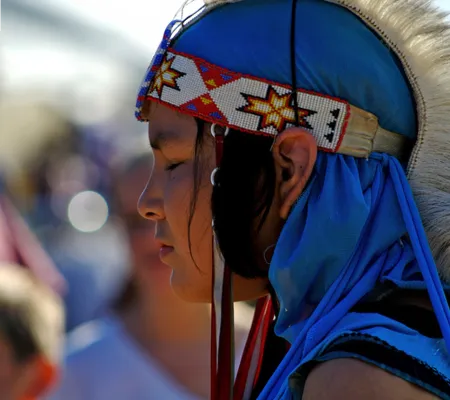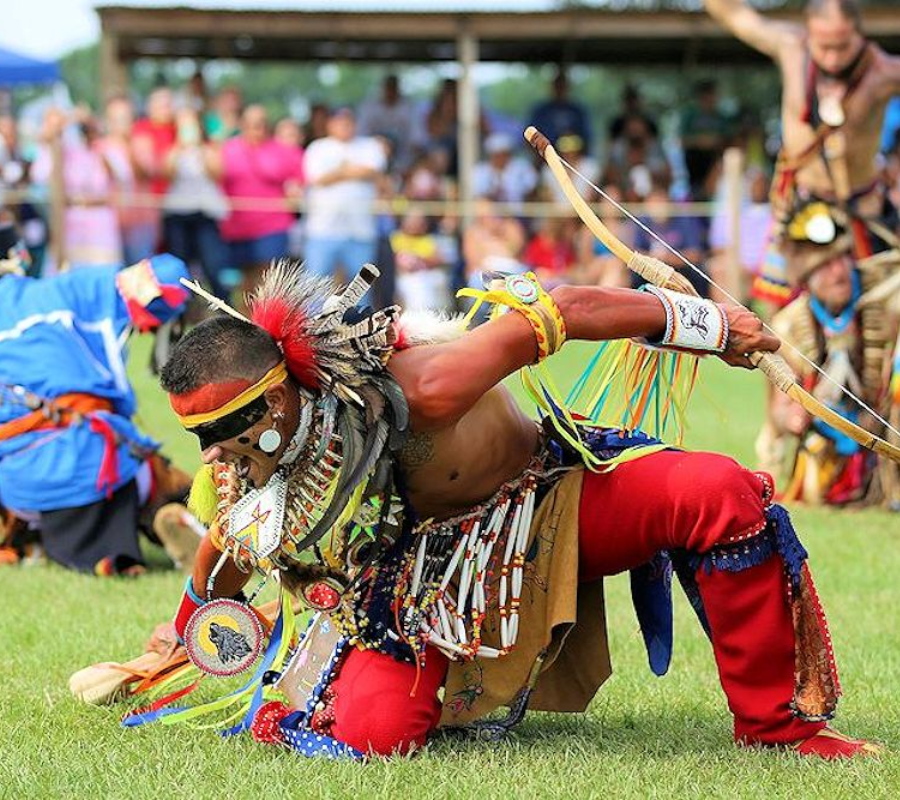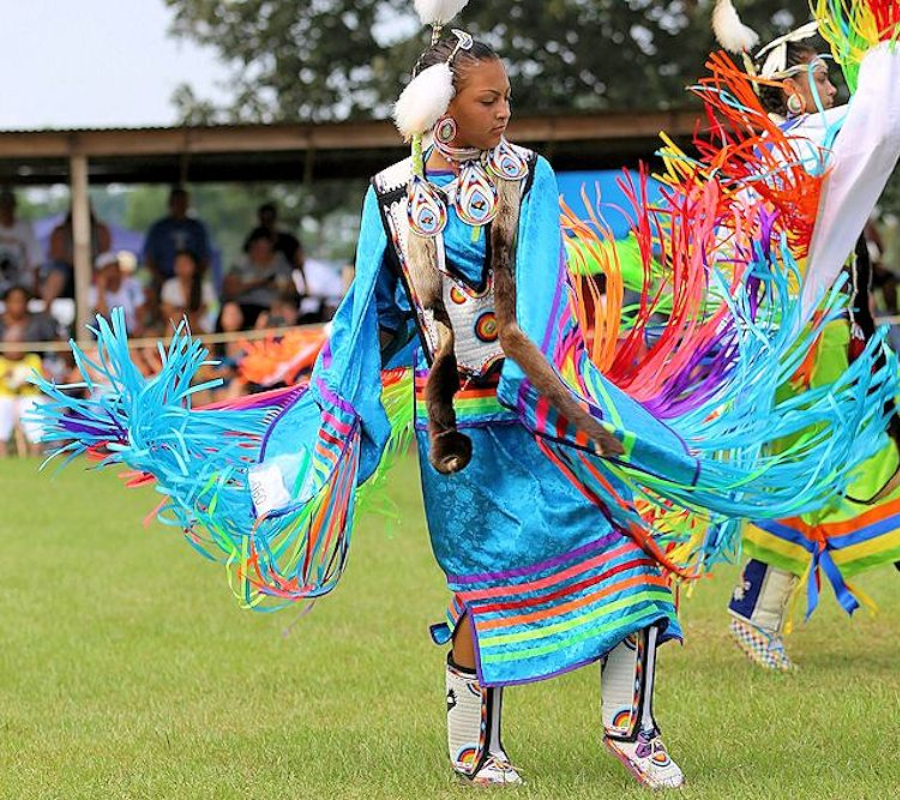Health Disparities
The Indian Health Service (IHS) provides services for members of the 574 federally recognized American Indian and Alaska Native Tribes and their descendants. The IHS is an agency within the Department of Health and Human Services that provides a comprehensive health service delivery system for approximately 2.8 million American Indians and Alaska Natives. The IHS strives for maximum tribal involvement in meeting the health needs of its service population, who live mainly on or near reservations and in rural communities.
The American Indian and Alaska Native people have long experienced lower health status when compared with other Americans. Lower life expectancy and the disproportionate disease burden have been correlated to social determinants of health, including lack of access to adequate education, disproportionate poverty, discrimination in delivery of health care and related services, cultural differences and historical trauma.
In 2021, the leading causes of death in American Indians and Alaska Natives were COVID-19, heart disease, cancer, unintentional injuries, and chronic liver disease. Additionally, high-priority Healthy People 2030 objectives with the greatest disparities impacting American Indians and Alaska Natives include death by suicide, drug overdose deaths, and food insecurity.
American Indians and Alaska Natives have the lowest life expectancy among all racial and ethnic groups in the United States. According to the Centers for Disease Control and Prevention (CDC), in 2022 the average estimated life expectancy at birth for American Indians and Alaska Natives is 67.9 years, almost 10 years less than non-Hispanic whites.
Given the higher health status enjoyed by most Americans, the lingering health disparities of American Indians and Alaska Natives are troubling. In trying to account for the disparities, IHS is working with health care experts, policymakers, and tribal leaders to look at many factors that impact the health of Indian people. Additional information on the IHS is available at ihs.gov.


